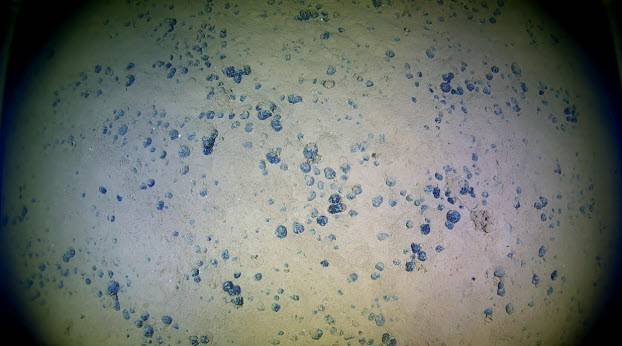The Orpheus Ocean AUV Explores Uncharted Depths Near the Mariana Trench
An autonomous underwater vehicle (AUV) has recently captured images of a previously unexplored portion of the seafloor in ultra-deep waters near the Mariana Trench. This groundbreaking technology, developed by New England-based startup Orpheus Ocean, is revolutionizing our understanding of some of the planet’s least explored regions at depths of up to 11,000 meters (6.8 miles).
Supported by the Ocean Exploration Cooperative Institute (OECI), based at the University of Rhode Island’s Graduate School of Oceanography, along with the National Oceanic and Atmospheric Administration (NOAA), the Bureau of Ocean Energy Management (BOEM), and the U.S. Geological Survey (USGS), the AUV successfully completed multiple dives to depths exceeding 5,600 meters (3.5 miles) during a recent expedition east of the Mariana Trench.
During these dives, the AUV captured images of polymetallic nodules on the seafloor, providing the first direct observations of these sites. USGS experts had selected these specific locations, anticipating the presence of these nodules. Amy Gartman, lead of the USGS Global Seabed Mineral Resources Project, emphasized the importance of these findings in refining seafloor prospectivity maps and expanding our knowledge of seafloor mineral resources.
The technology behind Orpheus Ocean’s AUV has its roots in a collaboration between the Woods Hole Oceanographic Institution (WHOI) and NASA’s Jet Propulsion Laboratory. With support from NOAA Ocean Exploration and OECI, the AUV has evolved from a prototype to an operational vehicle, enabling Orpheus Ocean to provide unique and valuable data for informed policy decisions regarding these deep-sea environments.
Orpheus Ocean, established in 2024, is dedicated to enhancing access to small-footprint AUVs to facilitate the collection of essential data for scientific research and environmental conservation efforts. By continuing to explore and document the mysteries of the deep sea, Orpheus Ocean is contributing to a greater understanding of our planet’s most remote and uncharted territories.

